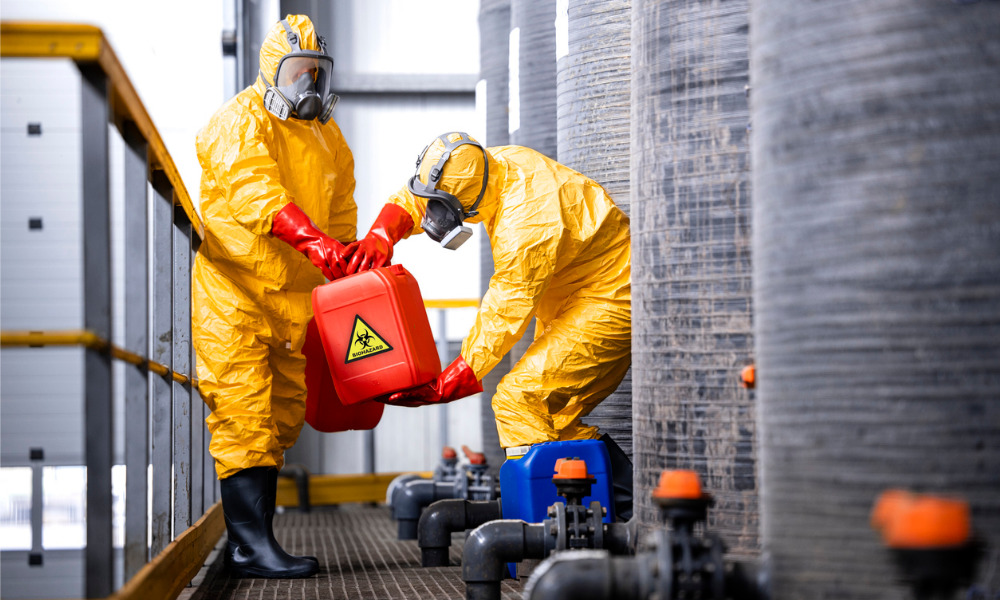Why one expert says it all starts with well maintained safety data sheets

When it comes to working with hazardous chemicals, safety is paramount. We spoke with Jeff Adamson, an expert in environmental health, safety, and sustainability at Cosmetica Laboratories, to gather invaluable insights into best practices for safeguarding yourself and your team in environments where hazardous chemicals are a daily reality.
1. Know your chemicals inside and out
"The first thing is, you have to understand what you're going to be working with,” says Adamson. This begins with obtaining Safety Data Sheets (SDS) and ensuring they are up-to-date and accurate. Many SDSs lack crucial details, so it's essential to verify they contain all the necessary information. Without this knowledge, protecting yourself and your workers becomes a challenge.
2. Dive deep into SDS
Adamson advises going beyond the surface of the SDS. Break it down further by examining the individual components and cast numbers listed. Determine whether they are hazardous or not. This thorough analysis can uncover previously unknown risks, helping you make informed decisions about handling specific chemicals.
3. Conduct analytical work
In some cases, SDSs may not provide all the information you need. Adamson recounts his experience with a dust hazard analysis, where out of 979 substances, only two were found to be combustible after extensive analysis. Conducting analytical work, such as laboratory testing, can reveal hidden hazards and guide your safety efforts.
4. Implement engineering controls
Once you identify hazards, focus on engineering controls. These measures aim to eliminate or reduce risks through equipment and facility modifications. Can you engineer the process to minimize exposure? Is substitution with safer alternatives possible? Only after exploring these options should you consider other strategies.
5. Understand quantity limits and toxicity
Consider the quantity and toxicity of the chemicals you're dealing with. Adhering to guidelines like those provided by the National Fire Protection Association (NFPA) can help you determine whether special systems are required for safe handling. Understand toxicity ratings and the LD (lethal dose) values to gauge the potential risks.
6. Proper PPE
When all else fails, rely on the best PPE and administrative controls. However, not all PPE is one-size-fits-all. "Your bodies are different," notes Adamson. Provide a variety of PPE options and ensure employees are trained in their proper use. Establish procedures to maintain compliance with safety measures.
7. Advocate for safety
Adamson’s final piece of advice is to advocate for safety within your organization. Ensure decision-makers are educated about the risks associated with hazardous chemicals. Make a compelling case for investing in safety measures by highlighting the potential consequences of neglecting safety. Adamson aptly points out, "If they won't let their own child work under these conditions, then that's where you say, 'Give me the budget to work with, and I'll make the change.'"
Safety when working with hazardous chemicals starts with knowledge, extends to thorough analysis, and demands proactive measures. By following these seven essential tips, you can create a safer workplace for yourself and your colleagues, reducing the risks associated with handling hazardous chemicals.
Remember, safety should always be the top priority.





